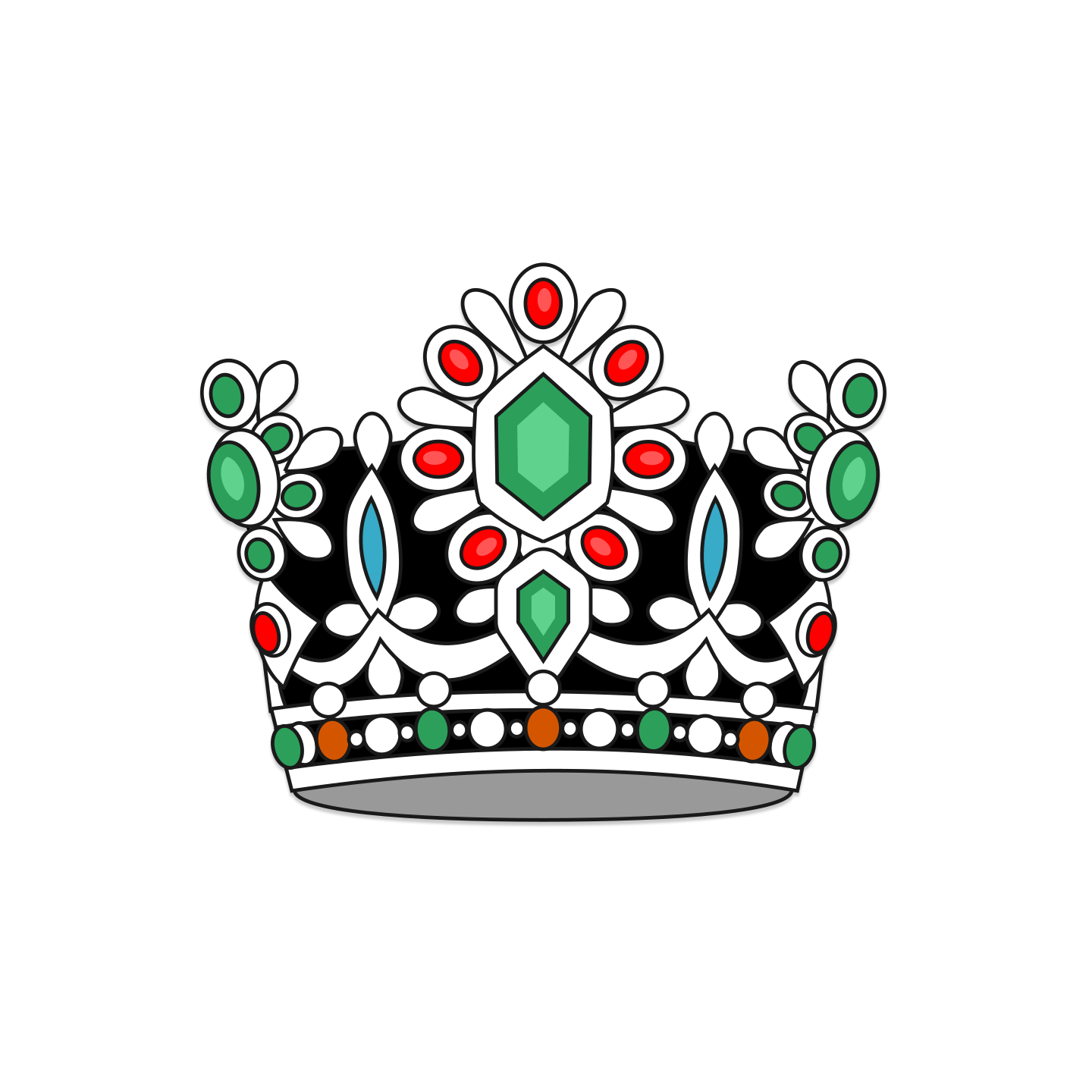
The Museum of Ancient Ceramics and Glassworks of Tehran During the Pahlavi Era and Under the Patronage of Farah Pahlavi
The Museum of Ancient Ceramics and Glassworks of Tehran, considered one of Iran’s cultural and historical attractions, was developed during the Pahlavi era, particularly under the support and patronage of Empress Farah Pahlavi. Farah Pahlavi, the wife of the Shah of Iran, played a significant role in promoting Iranian culture and art, providing extensive support for artistic and historical projects.
Farah Pahlavi’s Support:
Empress Farah Pahlavi had a special interest in Iranian arts and, from the very beginning of her presence in the Pahlavi court, emphasized the importance of preserving and promoting Iranian art and culture. She dedicated financial resources and special attention to establishing and strengthening various museums and cultural centers that showcased Iranian art. Her support led to the creation and expansion of numerous museums, collections, and exhibitions, many of which are still recognized today as valuable cultural institutions in Iran.
Farah Pahlavi’s Role in the Establishment of the Museum of Ceramics and Glassworks:
One of the initiatives carried out under Farah Pahlavi’s support was the establishment and development of various museums in Tehran. The Museum of Ancient Ceramics and Glassworks of Tehran was one such project, created as a research and artistic center to present the history of Iran’s ceramic and glasswork art.
As an active patron of the arts, Farah Pahlavi consistently emphasized the importance of this museum. She played a vital role in its foundation by securing necessary funding and supporting Iranian researchers and archaeologists. The main goal of establishing this museum was to showcase Iranian artifacts in the fields of ceramics and glass work and to highlight these handicrafts as integral elements of Iran’s cultural identity.
Museum Characteristics:
During the Pahlavi era, the museum was constructed in a modern space with a unique design that combined traditional Iranian architecture with the modern architectural elements of that time. Its layout and design served both educational and aesthetic purposes.
One of the museum’s most distinctive features during the Pahlavi period was its strong emphasis on the preservation and protection of ancient artifacts and Iranian art. Given Empress Farah’s prominent role in the history of Iranian art, she sought to introduce Iran’s artistic heritage to the world and particularly supported the exhibition of applied arts such as ancient ceramics and glassworks as symbols of ancient Iranian civilization.
Transformation and Expansion of the Museum in the Pahlavi Era:
Thanks to Farah Pahlavi’s support, the Museum of Ancient Ceramics and Glassworks of Tehran not only collected Iranian artifacts but also emerged as a pioneer in displaying handicrafts and related industries. The museum’s exhibitions included items from various periods of Iranian history, collected through archaeological discoveries and excavations, displayed in specially designed settings.
The museum also played a vital role in showcasing the art of glass making, which had reached its peak in various historical periods of Iran, including the Sassanian and Islamic eras. Iranian glasswork during those times became one of the most important artistic fields, and many items in the museum reflect the creativity and ingenuity of Iranian glass makers over the centuries.
Cultural and Social Impact:
With the establishment of the Museum of Ancient Ceramics and Glassworks of Tehran and Farah Pahlavi’s support, Iran’s ancient artifacts were not only made accessible to the public but also served to familiarize new generations with the country’s history and culture. This project helped raise public awareness about the importance of Iranian arts and handicrafts throughout history, sparking interest among many young researchers and artists to pursue studies in these fields.


